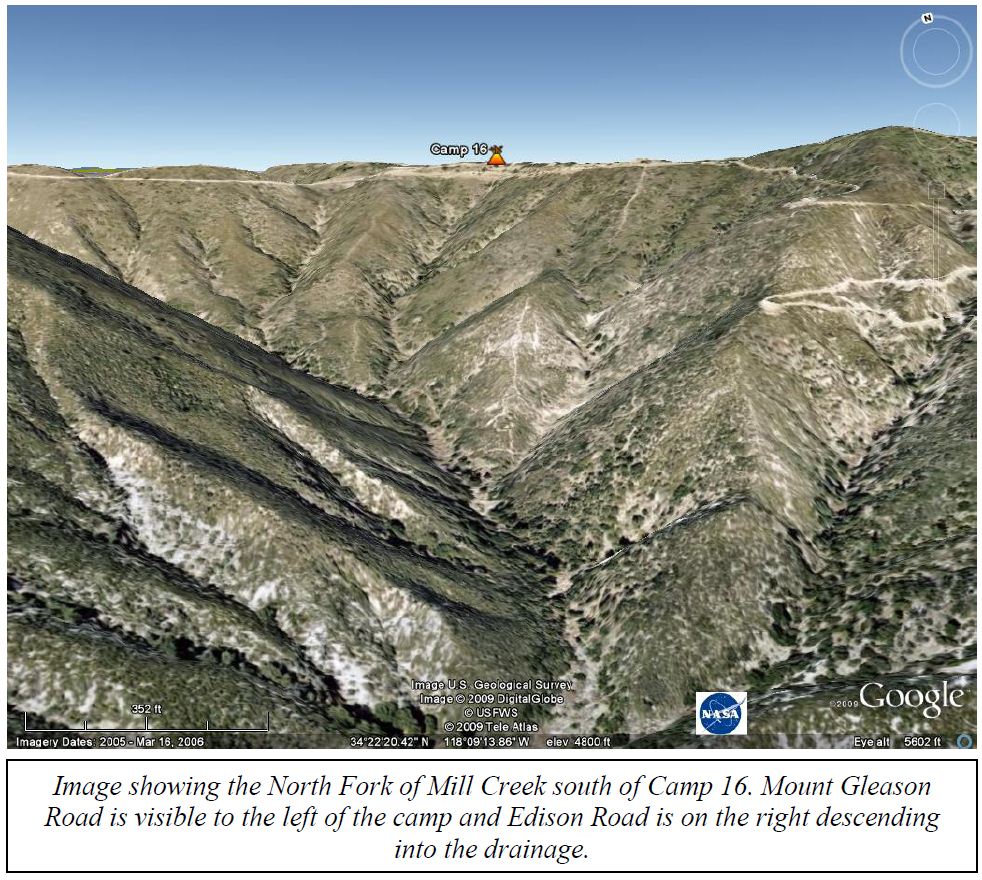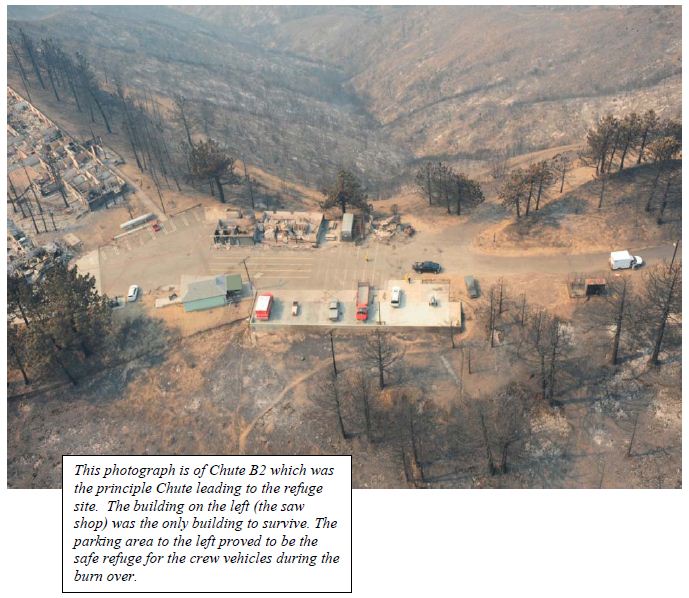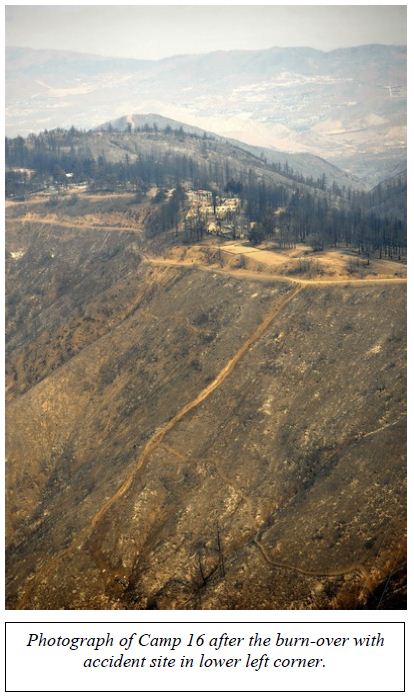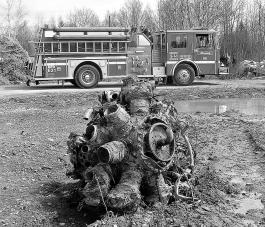Chet Bauermeister, chief of the Franklin Fire District 4 in Basin City, Washington, was killed on June 23 when his snow cat that had been converted to a fire apparatus rolled about 100 feet down a hill while he was working on a vegetation fire.
Here is an excerpt from an article at the Yakima Herald:
Fire District 4 was among fire agencies that responded to a wildland fire in Adams County near the border with Franklin County in the Wahluke Slope area of the Saddle Mountain National Wildlife Refuge.
Bauermeister was killed when an ATV he was on flipped over backward on a steep slope, said Pasco Fire Chief Bob Gear.
Another firefighter was riding with Bauermeister. He was taken to a hospital, apparently with minor injuries, said Sgt. Jim Dickenson of the Franklin County Sheriff’s Office.
Officials with Adams Fire District 5, the lead agency on the fire, were reported to be still at the scene of the accident at 9 p.m. and few details were available. The fire was out Wednesday evening.
The Washington state Department of Natural Resources is expected to investigate the cause of the fire, which was on private land. Firefighters from Hanford and U.S. Fish and Wildlife Service also helped fight the fire to prevent it from spreading to the wildlife refuge.
Bauermeister was the third chief for Fire District 4, taking over the job from his dad, Don Bauermeister, the district’s second chief, near the end of 2003.
Our condolences go out to Chief Bauermeister’s family and co-workers.
UPDATE @ 10:25 a.m., June 25
From an article at the Bellingham Herald:
Bauermeister’s family said Chet didn’t want a formal funeral service as typically is held for firefighters killed in the line of duty and officials said his wishes will be honored.
They will, however, use the community parade July 3 to honor Bauermeister. Fire departments from around the state will be invited to participate.
A celebration of life is planned from 2 to 7 p.m. Saturday at Don Bauermeister’s farm, and a memorial is set for 7 to 9 p.m. Wednesday at the Basin City Fire Hall.
Bauermeister’s father said his son wanted people to have a party and remember the good times instead of grieving. His family said his favorite saying was, “Live your life so no one has to tell lies at your funeral.”
A memorial fund in Chet Bauermeister’s name has been established at the Bank of Whitman.






